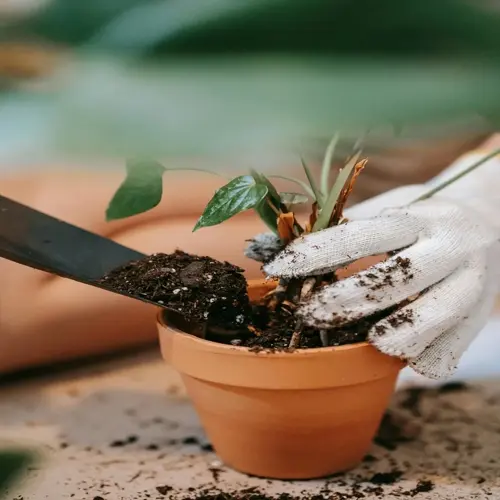Do all seeds require fermentation?

Written by
Paul Reynolds
Reviewed by
Prof. Martin Thorne, Ph.D.Fermentation has a purpose only for certain seeds. For example, it is critical for gel-coated seeds, such as tomato. Still, it is not beneficial or necessary for others. Knowing about these factors will help maintain seed viability and also prevent damage to even the most sensitive embryos during the process.
Mandatory Fermentation
- Tomatoes: Breaks down germination-inhibiting gel
- Ground cherries: Removes sticky coatings
- Eggplants: Softens gelatinous seed coverings
Optional Fermentation
- Cucumbers: Improves germination but not required
- Melons: Enhances viability without being essential
- Squash: Only needed if pulp isn't fully removed
No Fermentation
- Peppers: Damages seeds during fermentation
- Beans: Causes mold and viability loss
- Flowers: Destroys delicate seed structures
Well executed tomato fermentation is dependent on time. Take glass jar lids with pulp and water. Hold at 70°F (21°C), and leave for exactly 72 hours. White mold = good to go. Rinse seeds until the rinse water is clear, then check for constant sinkers. Only sinkers grow.
Do not ferment pepper seeds at all, as their fragile embryos will break during the fermentation process. Instead, scrape the seeds directly onto paper towels and air-dry them for 5-7 days in dark places. When the seeds have dried, you'll know they are dry enough when they break cleanly when you try to bend them.
Like cucumbers, cucurbit crops benefit from shortened fermentations. Process for 24 or 48 hours maximum. Fermentation longer than this will damage the seeds. The mixtures should be stirred daily to restrict harmful bacterial growth. Rinse in a colander under strong water pressure.
Before any treatment, identify seeds with gel coatings. When squeezed, tomatoes and ground cherries release a jelly-like substance. Seeds without a gel coating, such as beans, are easily cleaned and appear clean from the start. Selecting the appropriate processing method for each seed type eliminates excessive processing and potential seed damage.
Drying after fermentation is vital. Spread the seeds on screens in a well-ventilated, dark area for 7 to 10 days. Turn the seeds daily for an even drying experience. When ready to test, bend the seed. Properly dried seeds snap, while under-dried seeds bend.
Document fermentation results in your growing journal. Note the timing differences between varieties. Monitor germination rates annually. Refine the method for each variety based on your performance data. This process of continuous improvement ensures that materials for germination remain viable every season.
Read the full article: How to Save Seeds: A Complete Guide

